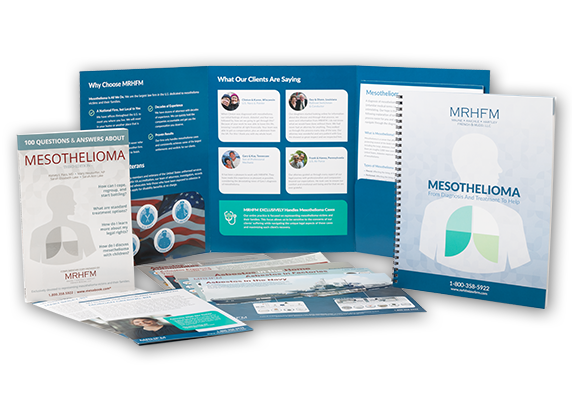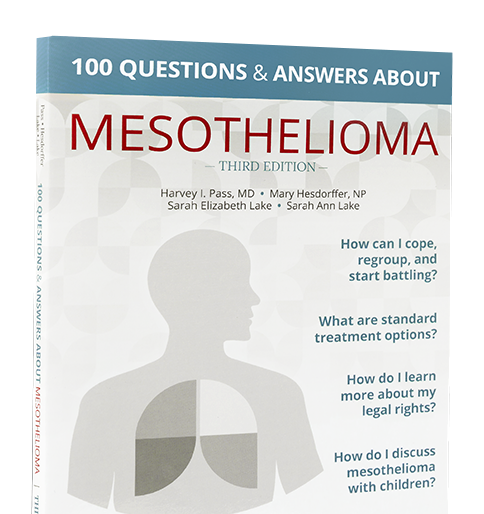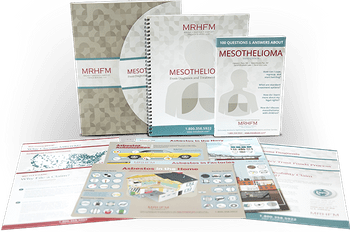Unlike imaging tests, cytology is a pathological means to diagnosing malignant mesothelioma in patients, consisting of a fluid biopsy of abnormalities previously discovered. Once cytology is performed, the cells from the sample are examined to arrive at a diagnosis.
There are two types of cytology that can be performed- Paracentisis and Thoracentisis.
Paracentisis
Paracentisis refers to a biopsy of fluid that has collected in the belly (peritoneal fluid). Apart from an interventional radiologist (IR) initially cleaning the area to be tested, there is no preparation for the procedure required from the patient. During Paracentisis, the patient will be under local anesthesia at the site of the targeted area. A needle will be injected into the targeted area being tested and will extract the fluid with which the cytology is to be performed.
Thoracentisis
Thoracentisis refers to a biopsy of fluid that has collected within the pleura (surrounding the lungs) or the peritoneum. Apart from an interventional radiologist (IR) initially cleaning the area to be tested, there is no preparation required from the patient prior to the procedure. During Thoracentisis, the patient will be under local anesthesia while a needle is injected into the targeted area being tested, usually above the rib and into the pleural space, and will extract the fluid with which the cytology is to be performed.
Both procedures are relatively quick and often described as "virtually painless" by most who undergo them, allowing patients to resume their normal activities immediately post-procedure. However, some patients have reported a stinging sensation in congruence with the administration of the local anesthesia, as well as slight pain or pressure where the needle is being inserted.
If you or a loved one would like to know more about tests & diagnosis regarding mesothelioma, complete the form below to request your free book on mesothelioma or contact us to speak with a medical specialist who can discuss your situation and make a referral to a qualified physician.



